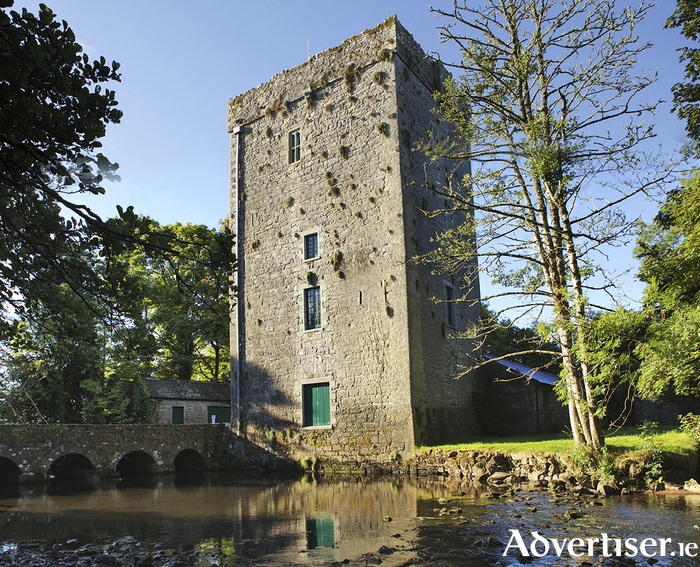Offering a visitor experience like no other, Thoor Ballylee is a 14th century Hiberno-Norman tower that once was the home of one of the greatest literary figures in Irish history, W.B. Yeats.
Referred to as 'the most important public building in Ireland' by the late Nobel laureate, Seamus Heaney, Thoor Ballylee's close association with the poetry and family of W.B.Yeats has established the tower as an iconic landmark for the area, and a 'resonant site for literary pilgrims from across the globe'.
History of Thoor Ballylee
Built by the de Burgo family, a powerful clan in Galway's history, Thoor Ballylee was constructed in the 16th century as a fortified tower for the family. It consists of four floors with one room on each, connected by a spiral stone stairway built into the seven-foot thickness of the massive outer wall. Each floor has a window overlooking the river which flows alongside. At the top here is a flat roof reached by a final steep flight of steps from the floor below.
Set on the bank of the Streamstown River, a tributary of the Cloone River, near the market town of Gort, Co Galway, Thoor Ballylee was purchased by W.B. Yeats for £35 in 1916. Yeats and his architect, Professor William A. Scott, spent several years restoring the tower and associated cottage and outbuildings, taking great care to use local materials when possible.
By purchasing Thoor Ballylee, Yeats fulfilled a life-long dream to establish his own house in the west of Ireland, and the property served both as a home and as a muse for Yeats.
‘A Prayer for My Daughter’ and ‘Meditations in Time of Civil War’ and many more poems feature the tower’s architecture and setting. Yeats’s books of poems The Tower (1928 ) and The Winding Stair (1933 ) drew direct inspiration from the 'tower’s rooted existence', and featured images and views from Thoor Ballylee on designed by the artist, Thomas Sturge Moore, who was a friend of Yeats.
From 1921 to 1929, Yeats with his family spent many summers there, with Yeats' wife George, often found to be fishing from a tower window down into the Streamstown River. Increasingly 'prone to illness' from 1929, Yeats began to spend his winters abroad, and the tower began to fall into gradual disrepair.
Visiting Thoor Ballylee
In 2012, restoration works on Thoor Ballylee began, and the tower was totally cleaned and restored to pristine condition, with an extensive programme of engineering works installed to protect the tower from extensive flood damage.
Since 2015, Thoor Ballylee has opened its doors to visitors during the summer, attracting tourists and guests from across the world who are drawn by the site's exhibitions, events, warm welcome, and vibrant atmosphere.
The interior of the tower, and the studio are open to visitors, alongside the idyllic millstream walk, rose blooming gardens, the bridge and grounds of Thoor Ballylee. There is an onsite shop for books and mementos, as well as a café.
From May, Thoor Ballylee is open to visitor from 11am until 4pm daily, during the months of June, July and August, visitor opening hours are extended from 11am until 5pm daily.
Tower Admission is €7 for adults (with concessions available ), or €5 per person for group visits (minimum of 10 people ). The studio space, downstairs exhibitions and audio-visual room are wheelchair accessible.
To learn more about Thoor Ballylee visit yeatsthoorballylee.org

